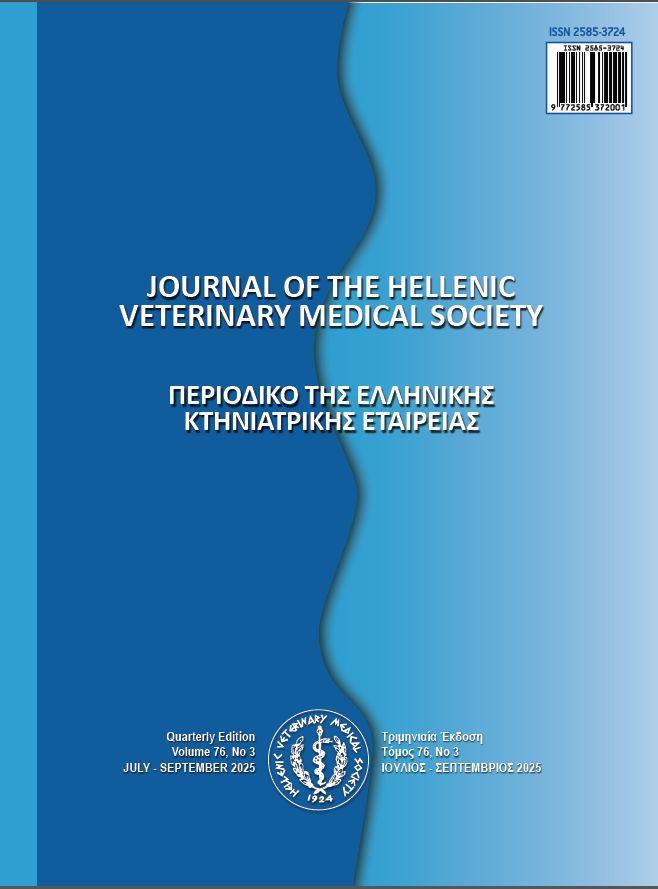Toxicological evaluation of feed contaminated with herbicides using luminescent microorganisms Photobacterium Phosphoreum

Abstract
Based on the reduction in luminescence intensity, a rapid toxicological assessment (up to 30 minutes) of herbicide-contaminated feed can be performed using the luminescent microorganisms Photobacterium phosphoreum (strain IMB B-7071; Sq3). However, for the herbicides Greenfort Horse (chisalofop-p-ethyl) and Astralid (clopyralid), when tested at the maximum residue limit (MRL) levels (0.04 and 2.0 mg/kg), the feed was classified as non-toxic. While for the herbicides Skat (chisalofop-p-tefuryl), Agroshield Super (glyphosate potash), Greenfort Extra (metolachlor+terbutazine) and Greenfort NK 40 (nicosulfuron) MRL (0.04; 1.0; 0.1 and 0.2 mg/kg) feed is classified as toxic for Soteira (imazamox+imazapyr), Greenfort Premium (2,4-D 2-ethylhexyl ether+florazulam) and Astanes (acetochlor) (MRL 0.05; 0.05 and 0.03 mg/kg) – classified as extremely toxic, indicating the need for further studies on the toxicological properties of the herbicide in laboratory and farm animals and possible further (downward) feed revision the maximum allowable levels of relevant pollutants.
Article Details
- How to Cite
-
Kurbatska, O., Orobchenko, O., Kolchyk, O., & Dukhnytskyi, V. (2025). Toxicological evaluation of feed contaminated with herbicides using luminescent microorganisms Photobacterium Phosphoreum. Journal of the Hellenic Veterinary Medical Society, 76(3), 9453–9466. https://doi.org/10.12681/jhvms.37256
- Issue
- Vol. 76 No. 3 (2025)
- Section
- Research Articles

This work is licensed under a Creative Commons Attribution-NonCommercial 4.0 International License.
Authors who publish with this journal agree to the following terms:
· Authors retain copyright and grant the journal right of first publication with the work simultaneously licensed under a Creative Commons Attribution Non-Commercial License that allows others to share the work with an acknowledgement of the work's authorship and initial publication in this journal.
· Authors are able to enter into separate, additional contractual arrangements for the non-exclusive distribution of the journal's published version of the work (e.g. post it to an institutional repository or publish it in a book), with an acknowledgement of its initial publication in this journal.
· Authors are permitted and encouraged to post their work online (preferably in institutional repositories or on their website) prior to and during the submission process, as it can lead to productive exchanges, as well as earlier and greater citation of published work.


